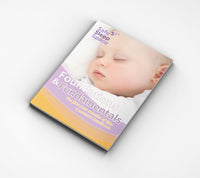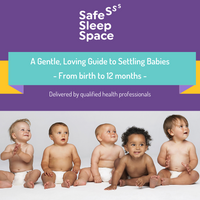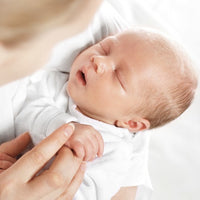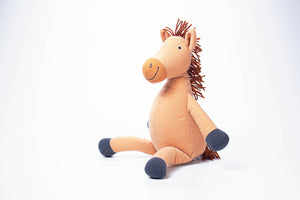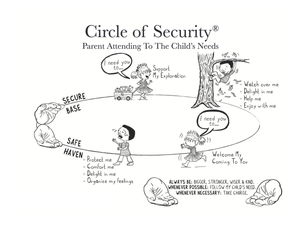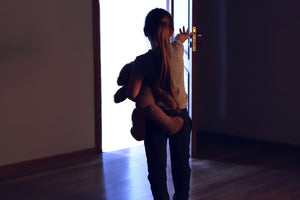Bake a cake and my baby is awake – do you have a catnapper?

It is completely natural for a baby to have variable sleep patterns in the few first months of life. This can include many sleeps of 2-3 hours and occasional longer ones. Often no real pattern is seen until about 4-5 months – and when you finally see a predictable pattern, it can change! While it can be worrying for parents, it is important to remember that this is all perfectly normal and Safe Sleep Space is here to help and support you!
Catnapping – is the term referred to when babies sleep for one sleep cycle; often 20-40 minutes in duration. Quite simply you can bake a cake without putting the oven timer on; your baby is the timer!
Most catnapping in the early months is biological. Small babies need to wake so they can feed often because their tummy capacity is so small. The majority of babies wake, feed and return to sleep at least 2 to 4 times overnight.
Circadian rhythm in a baby is a good thing…newborns need to wake both day and night for feeds. By definition circadian rhythm of babies is the “clock” that responds to the light/dark cycle which is located in our brains. It uses hormones, specifically melatonin to regulate being awake or sleeping over a 24 hour period. This pattern of wakefulness or sleeping is what we call our circadian rhythm.
Have you heard other parents say “my baby’s night and day is mixed up?”
It’s true….a young baby's sleep patterns do not follow day and night pattern like adults.
Baby sleep patterns don’t start to follow this day/night or light/dark cycles until approximately 8 weeks of age (60 days) and their circadian rhythm is not fully developed until around 5-6 months or more.
THIS DOES NOT MEAN A BABY CAN SLEEP THROUGH AT 5-6 months….it just means that you may start to see a clearer pattern of sleep with wakefulness during the day and often a longer STRETCH of sleep at night.
It important to respond to the baby’s nutritional needs by feeding them overnight for as long as they need to.
Older babies that catnap – main culprit, sleep associations!
Older babies (usually from around 7 months and older) that catnap might do so due to sleep associations.
If a baby is put to sleep via bouncing, rocking, feeding or driven around in the car then when they come up into their lighter sleep or REM phase then not surprisingly they look for and need this ‘way’ of going back to sleep.
Take home messages
- Baby sleep IS irregular; sometimes short and occasionally longer sleeps and over time this sleep naturally progresses to longer sleeps at around 5 to 6 months but it is still very normal for a baby to wake overnight for a feed even at this age.
- Watch the baby, not the clock. Keep an eye out for your baby’s tired signs and settle accordingly.
Help with looking after your baby
The NourishBaby - Guide to Babies - is an online program that you can view in your own time. The Guide to Babies helps you to understand and care for your baby and covers key milestones, sleep and settling advice and baby development. There is a section on real parents sharing their experience of adjusting to parenthood.
Many parents have reduced sleep when a new baby arrives. The Safe Sleep Space website has a variety of resources and supports to provide tips and advice on how to assist your baby with sleep. You can also book a phone consultation to speak with a Sleep Consultant.
Other blog posts you will find helpful:
When is it time to get help for my child's sleeping?
Why is infant mental health so important when it comes to sleep?
Amber beads. Why they're really not a good idea.
Visit www.safesleepspace.com.au or stay informed on our Facebook page
